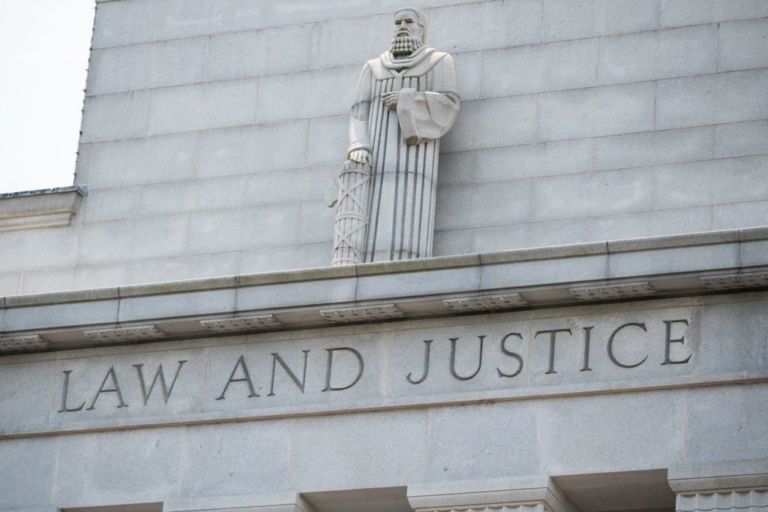You might have read a recent commentary from Patrick Gleason and Katherine Restrepo calling for a permanent solution to the annual congressional “doc fix” debate. Now David Henderson of the Hoover Institution recommends his own form of “doc fix.”
I use that term, of course, because it is the nickname of the bill that Congress passes each year. This bill prevents a 24 percent reduction in the fees that Medicare pays to doctors. The reduction was legislated in the 1997 Budget Control Act. By passing a doc fix every year, Congress makes doctors’ fees 31.6 percent higher than they would have been under the 1997 act. (To get from 76 percent of the higher fee back to the higher fee requires a 31.6 percent increase.) My “doc fix” is that instead of having taxpayers cough up this amount, we keep the Medicare fee where it would have been but allow doctors to charge up to 31.6 percent more.
My “doc fix” would have three good effects. First, doctors would be paid amounts that they have come to expect. Second, because Medicare beneficiaries would have to bear some of the cost themselves, many of them would say no to some marginal procedures; this would free up doctor time and ease the shortage of doctors. Third, because the higher fees would cause patients to demand somewhat fewer services, taxpayers would save money.
Does even this step, which some would regard as modest, seem too scary? Well, guess what—we already have a modest form of balance billing. Doctors who don’t accept assignment can charge a fee up front that is 9.25 percent above the amount allowed by the Medicare fee schedule. In other words, we already have widespread experience with limited balance billing.
Moreover, consider the fact that one of the greatest success stories in modern medicine—both in cost and quality—is Lasik eye surgery. According to George Mason University economist Alex Tabarrok, in 1998, the average price of laser eye surgery on one eye was approximately $2,200. Just six years later, the price had fallen to $1,350, a 38-percent reduction. Adjusted for inflation, the price had fallen by over half! Why is that significant? Because during that time, Lasik was not covered by Medicare or Medicaid. When people spend their own money on medical care, providers are motivated to increase efficiency. Nor was this reduction in prices due to a reduction in quality. Over those six years, the quality of Lasik rose.
The same problem that exists in Medicare is also a big problem for Medicaid, the federal and state government health insurance system for the poor and near-poor. Doctors who accept Medicaid cannot legally charge more to patients on Medicaid than the amounts that CMS has set. In 2011, according to Decker’s study, 31 percent of doctors refused to take any new Medicaid patients. An even larger percent of doctors refuse to accept Medicaid than the percent that refuses to take Medicare patients because, for those doctors, it just isn’t worth it. In New Jersey in 2011, for example, only 40 percent of doctors accepted new Medicaid patients.
Allowing balance billing for Medicaid patients would price many Medicaid doctors back into the system. One worry is that doctors would charge very high prices to Medicaid patients, well above what they are allowed to charge now. But this seems unlikely. The reason is simple: poor and near-poor people can’t afford to pay much, and so doctors who consistently charged, say, 50 percent more than Medicaid pays would likely find few takers.


